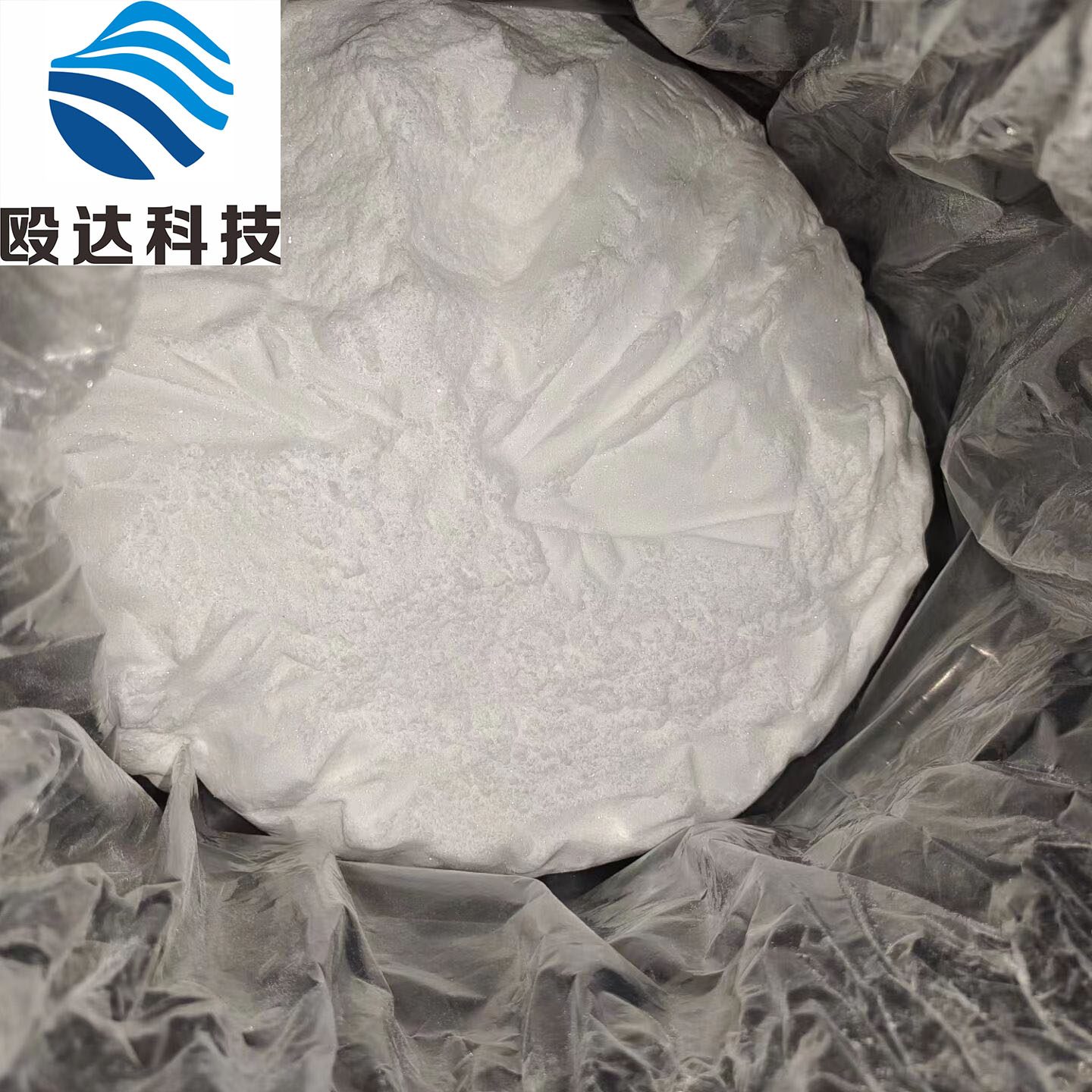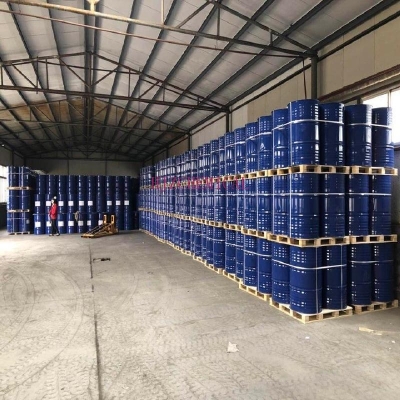-
Categories
-
Pharmaceutical Intermediates
-
Active Pharmaceutical Ingredients
-
Food Additives
- Industrial Coatings
- Agrochemicals
- Dyes and Pigments
- Surfactant
- Flavors and Fragrances
- Chemical Reagents
- Catalyst and Auxiliary
- Natural Products
- Inorganic Chemistry
-
Organic Chemistry
-
Biochemical Engineering
- Analytical Chemistry
- Cosmetic Ingredient
-
Pharmaceutical Intermediates
Promotion
ECHEMI Mall
Wholesale
Weekly Price
Exhibition
News
-
Trade Service
Vietnam's plastics industry is growing strongly
According to the latest report of Vietnam Foreign Trade Joint Stock Bank Securities Company (VCBS), in recent years, Vietnam's plastics industry has grown strongly, with an average annual growth rate of 16%~18%, but compared with other mature markets, the industry is still in its infancy
.
Its rapid growth in demand was mainly attributed to strong growth
in consumer goods, construction, telecommunications and other industries.
VCBS found that per capita plastic consumption in Vietnam has increased from 33 kg in 2010 to 41 kg in 2015, but consumption is still low compared to the Asian average of 48.
5 kg and the global average of 69.
7 kg
.
According to the Vietnam Plastics Association, Vietnam's plastic demand is mainly distributed in several major areas, ranking first in the packaging field, accounting for 37% of plastic demand; It is followed by the field of household appliances, the field of construction and the field of high-tech products, accounting for 29%, 18% and 15%
respectively.
Gazprom actively explores the lubricant market in Central Asia
Gazpromneft said its sales of lubricants products in Central Asia rose 35 percent in 2016, mainly due to strengthened cooperation
with industrial enterprises in the region.
Gazprom said sales of lubricant products in Kazakhstan, Tajikistan, Kyrgyzstan, Uzbekistan, Turkmenistan and Mongolia increased to 35,000 tons in 2016, up 35%
year-on-year.
According to industry resources, the five Central Asian countries consume about 500,000 tons of lubricant products
per year.
Alexander Trukhan, General Manager of Rosprom Lubricants, said: "In 2016 we steadily consolidated our cooperation with leading mining, metallurgical, power and agricultural enterprises in the region, while strengthening our presence
in the automotive aftermarket in Central Asia.
Greenpeace
warned of China's coal chemical projects
Greenpeace warns that coal-to-chemical projects that will come on stream in 2015~2020 will be the main contributor to China's
carbon dioxide emissions.
The share of CO2 emissions from coal-to-chemical projects will rise sharply from less than 1% in 2015 to more than 5%
in 2020.
According to Greenpeace, "the refining chemicals industry is a major contributor to China's
carbon emissions.
In the latest study, Greenpeace estimates that China's coal-to-olefin, methanol and synthetic oil and gas plants will emit 91 million tons in 2015, and if the planned coal chemical project is completed as scheduled, this value will reach 792 million tons by 2020, equivalent to 8%
of China's carbon emissions in 2015.
The global refining catalyst market has a promising outlook
Global refining catalyst manufacturers are generally optimistic about the prospects of the refining catalyst market, especially the emerging economy market will maintain a rapid growth rate
.
Analysts say demand for refining catalysts will be driven by a number of factors, including continued growth in demand for transportation fuels and petrochemicals, tighter regulations on global fuel standards and increasingly inferior
feedstocks.
According to data from Catalyst Group Resources (TCRG), the global consumption value of refining catalysts reached 6.
9 billion US dollars in 2015, and it is growing at an average annual rate of 3.
3% during 2015~2018, and the global refining catalyst market value will reach 8.
4 billion US dollars
by 2021.
The strongest demand growth during the forecast period will occur in emerging and developing countries such as China, the rest of Asia excluding Japan, and the Middle East, while demand growth will be slow
in North America, Western Europe and Japan.







